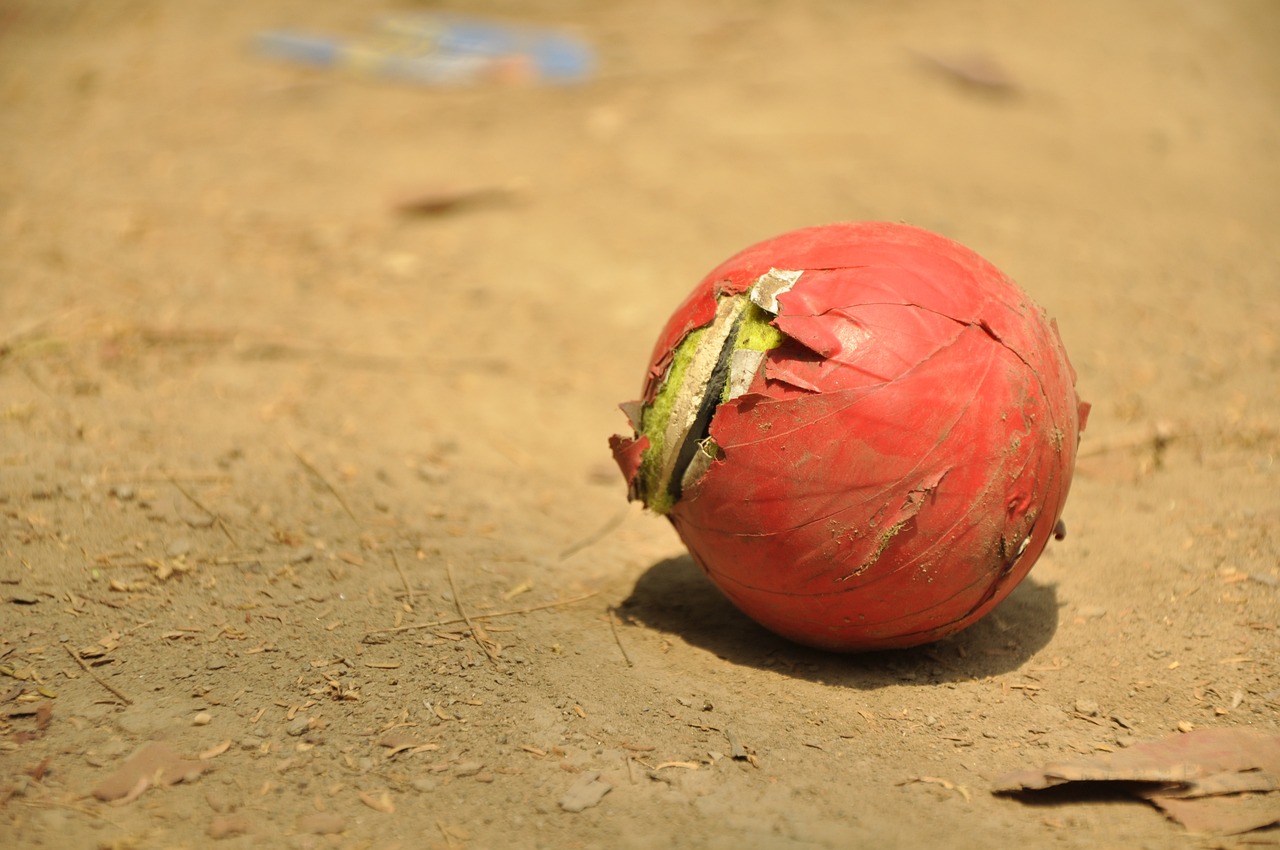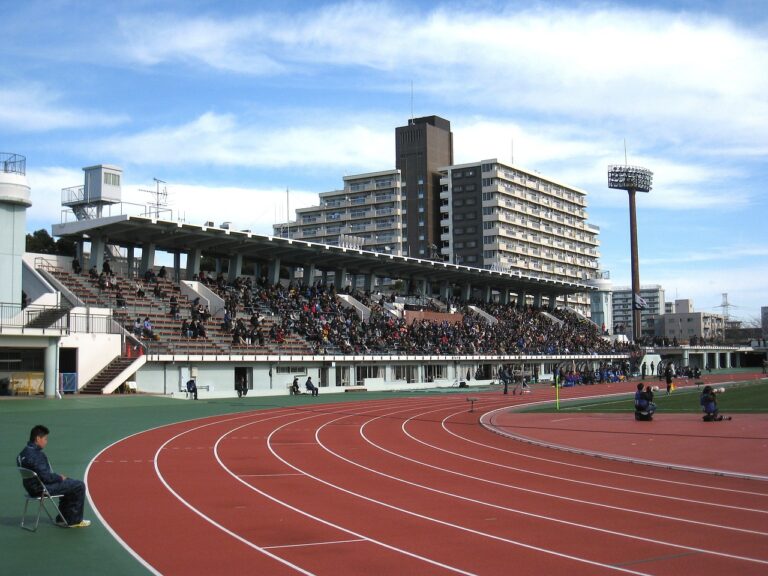Urban Archaeology: Uncovering Layers of History Beneath Modern Cities
Lotus 365 Login, Sky247: Throughout history, urban landscapes have undergone significant transformations, reflecting the growth and development of civilizations. From the ancient city-states of Mesopotamia to the sprawling metropolises of today, urban areas have evolved in response to social, economic, and technological advancements. The shift from small, agrarian communities to densely populated cities has shaped the way we live and interact with our environment.
As populations increased and societies became more complex, urban planning became essential in creating functional and sustainable cities. From the grid-like layout of ancient Roman towns to the intricately designed urban centers of medieval Europe, the design of urban landscapes has always played a crucial role in shaping the daily lives of residents. Today, with the rise of smart cities and sustainable design principles, the evolution of urban landscapes continues to adapt to the needs and challenges of modern society.
The Role of Archaeology in Uncovering Urban History
Archaeology plays a crucial role in uncovering the hidden history of urban landscapes. By excavating various sites within cities, archaeologists can unearth artifacts and structures that provide valuable insights into the past. These discoveries help piece together the puzzle of how urban areas developed and transformed over time, shedding light on the lives of past inhabitants.
Through meticulous excavation methods and careful analysis of findings, archaeologists can create a detailed narrative of urban history. By examining layers of debris and remnants left behind by previous generations, archaeologists can decipher the cultural practices, economic activities, and social structures that shaped urban life. The information gathered from archaeological digs not only enriches our understanding of urban history but also enables us to appreciate the complexities of human civilization in a different light.
• Archaeology uncovers artifacts and structures that provide insights into the past
• Excavation methods help create a detailed narrative of urban history
• Analysis of findings helps decipher cultural practices, economic activities, and social structures
• Information from archaeological digs enriches our understanding of urban history and human civilization
Methods of Excavation in Urban Environments
Excavating in urban environments presents unique challenges due to the dense infrastructure surrounding potential archaeological sites. Excavation methods must be carefully selected to minimize disruption to the surrounding area while still uncovering valuable historical artifacts. One common approach is manual excavation, where archaeologists carefully dig by hand to ensure the preservation of delicate remains and structures. This method allows for precise control over the excavation process and is essential when working in confined urban spaces.
Another technique used in urban excavations is the use of non-invasive surveying methods such as ground-penetrating radar and 3D laser scanning. These technologies allow archaeologists to map underground features and identify potential excavation sites without the need for extensive digging. By combining these non-invasive methods with traditional excavation techniques, researchers can gain a more comprehensive understanding of the historical significance of urban landscapes while minimizing the impact on modern city infrastructure.
Why is excavation important in urban environments?
Excavation in urban environments helps uncover the history and development of cities, providing valuable insights into past civilizations and their way of life.
What are some challenges faced during excavation in urban areas?
Some challenges include limited space for excavation, the presence of modern infrastructure, and the potential for damaging historic structures or artifacts.
How do archaeologists determine where to excavate in urban environments?
Archaeologists use a variety of methods, including historical research, ground-penetrating radar, and geophysical surveys to identify potential excavation sites in urban areas.
What tools and equipment are used in urban excavation?
Tools and equipment used in urban excavation include shovels, trowels, brushes, sieves, laser scanners, and drones for mapping and recording excavation sites.
How are artifacts and findings preserved during urban excavation?
Artifacts and findings are carefully documented, photographed, and cataloged on-site before being transported to a lab for further analysis and preservation.
How can the general public get involved in urban excavation projects?
The general public can get involved in urban excavation projects through volunteer opportunities, public outreach programs, and educational workshops organized by archaeology teams.







